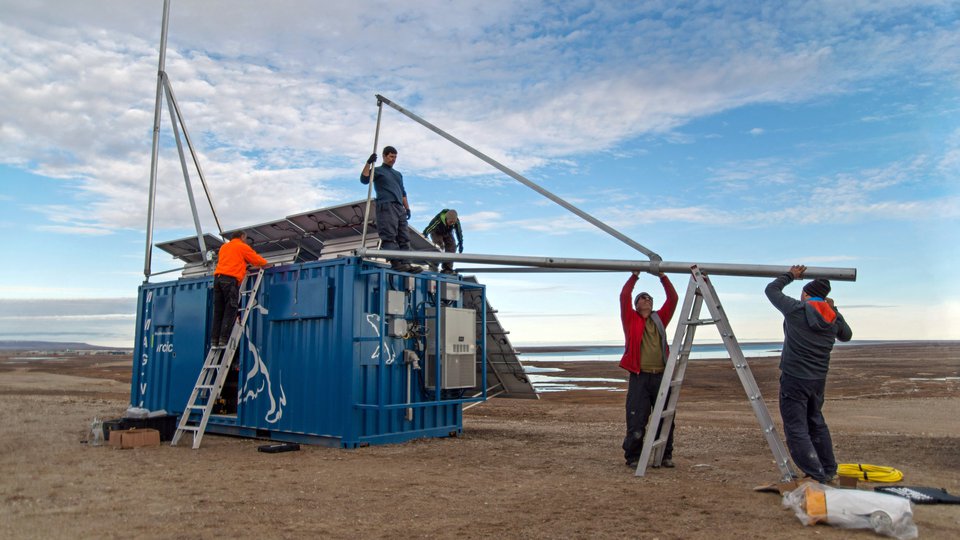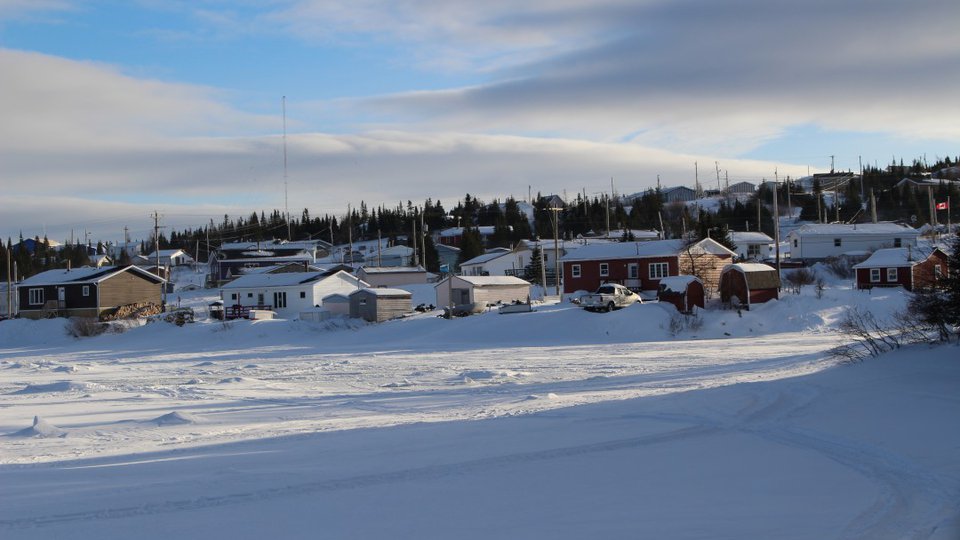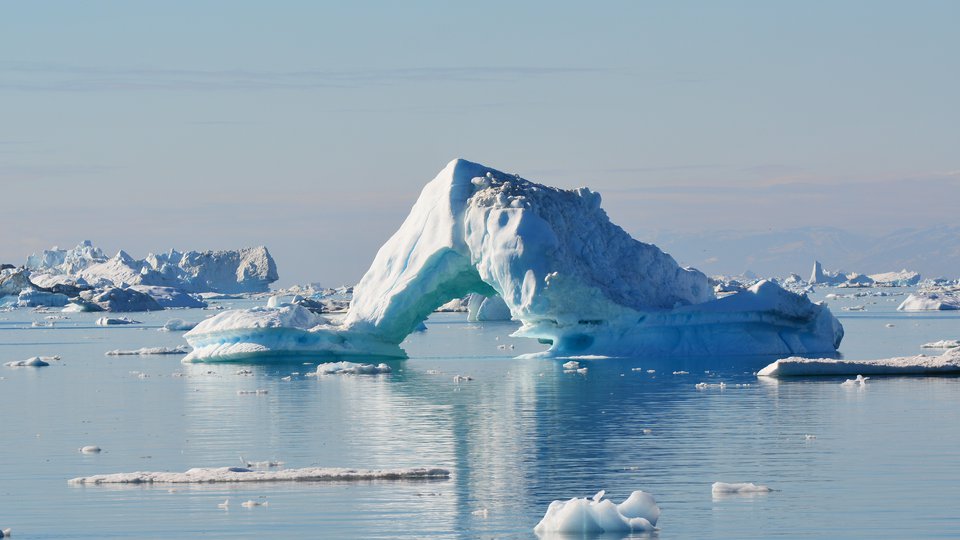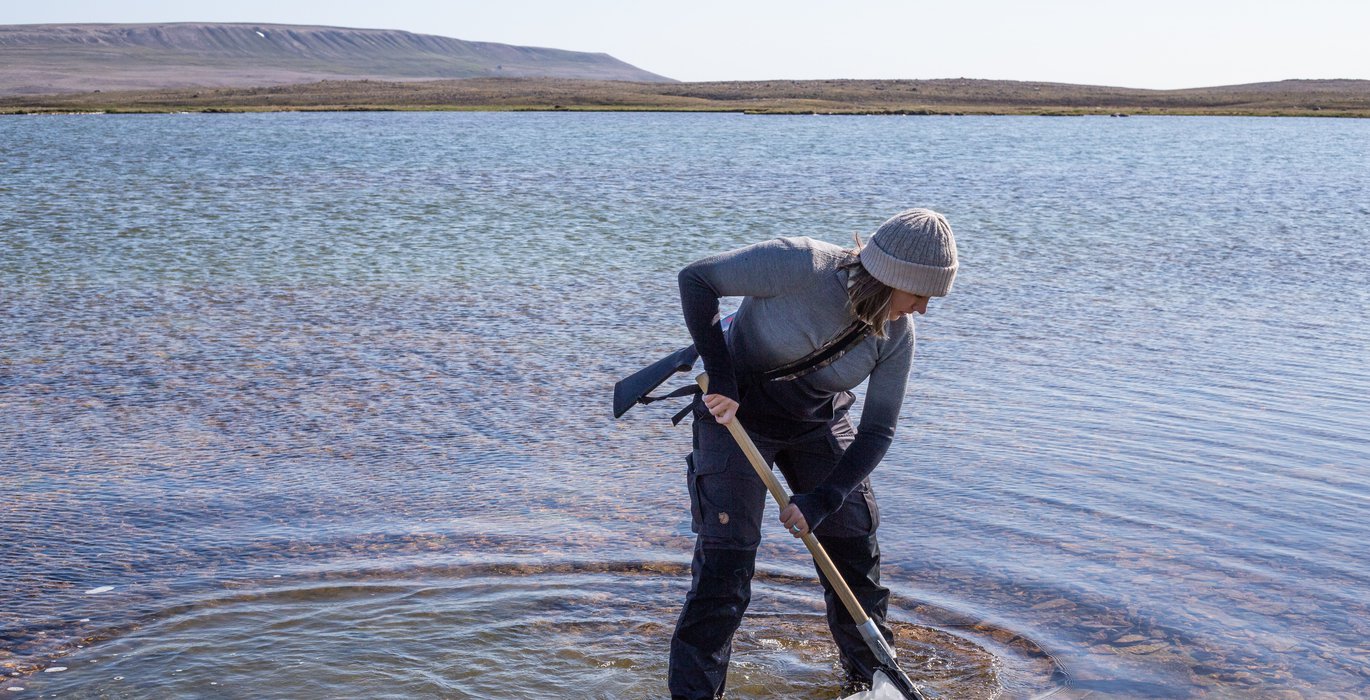
Arctic freshwater ecologist and University of Guelph PhD student Danielle Nowosad is contributing significant knowledge to the Arctic BIOSCAN (ARCBIO) project, using DNA barcoding to understand the biodiversity of freshwater aquatic invertebrates in the Iqaluktuttiaq (Cambridge Bay) region of Kilinoyak (Victoria Island), Nunavut.
Spearheaded by the Centre for Biodiversity Genomics (CBG) at the University of Guelph, ARCBIO seeks to monitor changes in biological communities using DNA barcodes. Danielle spoke to Arctic Focus' Maddy Nowosad (no relation Danielle) about the importance of DNA barcoding to communities, and her work in Arctic freshwater ecology.
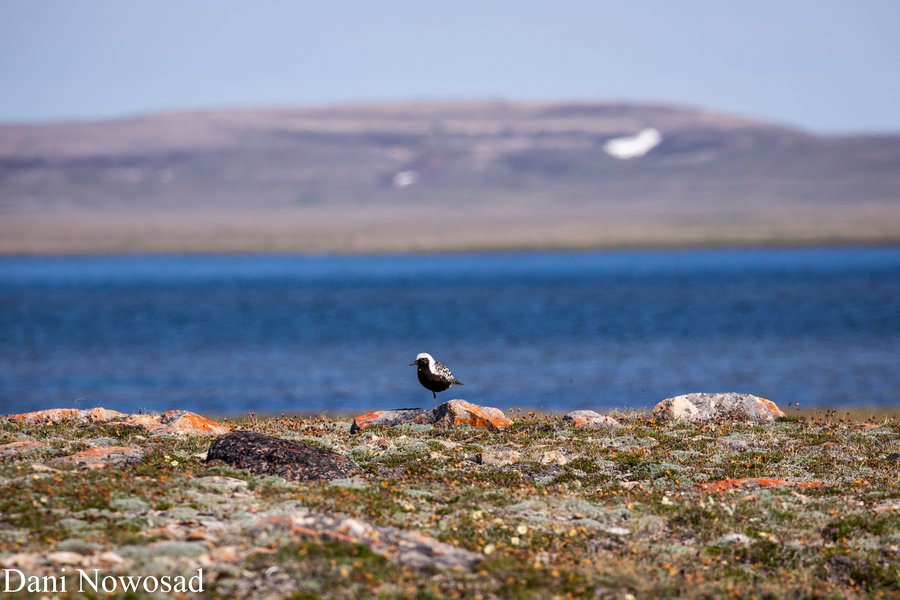
A black-bellied plover relaxes on one leg in front of Iqaluktuttiaq (Greiner Lake), with Inuuhuktu (baby Pelly) in the background.
MN: What is DNA Barcoding?
DN: DNA barcoding is a novel DNA methodology that uses a really small portion of the CO1 gene in animals. The reason why they use that is because it’s relatively quick and easy to do compared to other methods of genome sequencing, where it can take months.
I get this question a lot now where people are confused because I always say DNA barcoding is for animals. For other groups of life like fungi or plants, it’s a different gene they use for DNA barcoding, not the CO1 gene, so just make sure that’s clear, the CO1 gene is only in animals.
The centre for biodiversity genomics at the University of Guelph, where DNA barcoding was invented, has constructed, what I like to call, a DNA factory. They have machinery that allows them to get thousands and thousands of DNA barcodes from many animals across the world every week. It’s really fast, and they have millions of barcodes under their belt since they started.
MN: Why is it referred to as a barcode?
DN: The reason why they call it a barcode is because it comes out, and if it’s barcode compliant - which means it has over, I think about six hundred and fifty eight base pairs - they can actually colour code it, and it literally looks like a barcode that they scan at a grocery store.
It’s obviously visually appealing, and it’s really cool to see. They have posters all over the centre for biodiversity genomics, it’ll be like a picture of lakes and it’ll have its barcode underneath. Then they get researchers from all over the world to ship in specimens that they want DNA barcoded, so that’s a service they also do.
MN: Why is DNA Barcoding data so important in studying climate change?
DN: Because it’s quick, it’s effective, and accurate. There are limitations to every technology, nothing is perfect, but being able to identify organisms quickly is really important. I was just reading this really great paper from Churchill, Manitoba, and essentially the paper argued; climate change is altering plant communities really quickly, especially in the North and we’re testing DNA barcoding to see how accurately it can identify plant communities in Churchill. The sort of ending of that paper was like, it works so let’s go ahead and just do it everywhere. Because it’s so much faster and it’s more accurate than people going there.
Botanists, for example, going to a place where you might have a hundred different species of grass, it’s really hard to tell grass apart, even to an expert. They might spend a really long time trying to do that, and they might get it wrong, but DNA doesn’t lie. That’s sort of why it’s becoming this huge thing with climate change science, because the application of DNA barcoding is making it easier.
MN: In what ways is the Arctic BIOSCAN (ARCBIO) project important to communities in the Arctic?
DN: The science itself is revealing long term trends in communities – and when I say communities I mean insect communities, plant communities, fish communities, stuff like that. From our community consultations – human communities – it was clear that they really want to see long term trends.
Inuit knowledge spans millennia, and they understand the world as being extremely interconnected. Everything in the world has its own special place, but nothing exists in isolation, everything is connected with multiple layers and intersections. So, when you have a researcher who is there for two weeks and then comes to conclusions, Inuit are like, what? How? That doesn’t make sense to them, and I think they have a really good point. It’s not something that I had thought about before.
A lot of the work Arctic Bioscan does is looking at insect communities, because insect communities are the most diverse out of any other taxonomic group, so we need to spend more time on that because there’s more of them. And the community was really interested in that.
When we started the project there was community consultation, and now that we’re at a point where we can give results back. We can give [communities] specifically what they want to see, so that’ll sort of be the next step. When I go back, I’m going to bring some reports of exactly what they asked me, and they were very explicit.
MN: I’ve spoken with another Arctic researcher who mentioned that the funding process doesn’t always allow for building relationships, because that takes a lot of time.
DN: Yeah, it’s been a problem for as long as Canada’s been colonized, and now we’re just starting to talk about it a little bit more.
I know other researchers who, specifically when they request funding, write in that they need to go for a short visit before they start their research to talk to people in the community and make sure that what we’re doing is of interest to them and it matters, and If it isn’t, we’ll change the research question to reflect community concerns.
Another way to get around that is to continue to work in the same communities, for, let’s say the duration of your pre-year, and that way you get to know people really well, even if maybe you only have money to go there for research, you build good solid foundations with people in the community.
There’s trust and reciprocal exchange of knowledge and that strengthens science, it strengthens research in general, and it also gives back to the community in a way, because their sharing knowledge with us - they’re choosing to do that, it’s a gift, they don’t have to do that.
Going back to why ARCBIO could be important to communities too, it’s giving community members tools to continue biomonitoring into the future, and that way, with climate change, as animal and plant communities change - let’s say there’s like invasive wildlife or pests or new diseases - it’ll be easier to track, monitor and implement mitigation strategies.
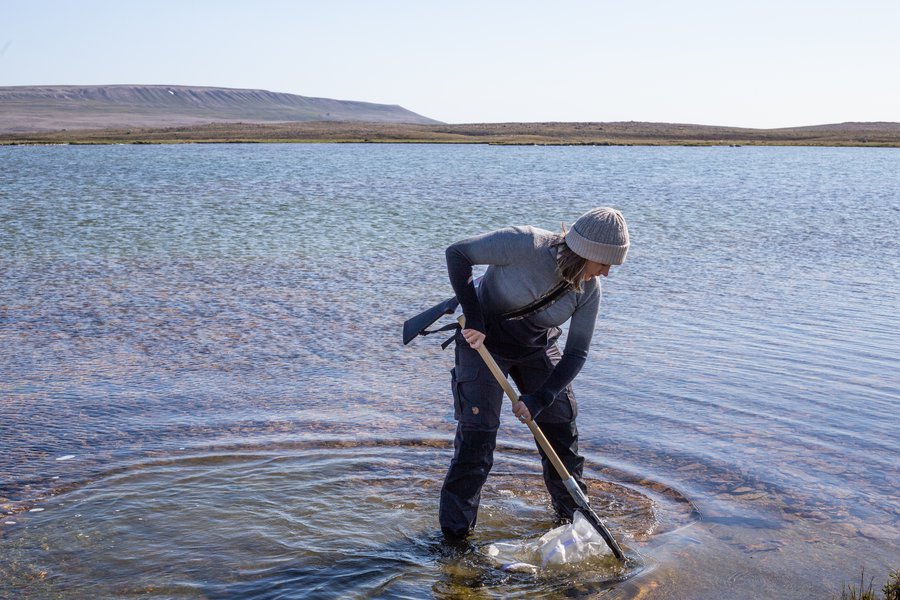
Dani collecting a benthic invertebrate sample in a tundra pond using a D-ring dip-net near Cambridge Bay, NU. Uvajuq (Mount Pelly), the largest glacial esker in the region, looms in the background. Erin Cox.
MN: What are some ways that Arctic BIOSCAN (ARCBIO) project researchers are collaborating with communities?
DN: This project is in, I think eight communities this year, so it’s a really big team. In terms of collaboration, we hire local youth. For example, when we went to go see someone working with ARCBIO in Kugluktuk last month, he told us that being involved in this work has inspired him to peruse guiding for scientists as a career in the future, and we were able to give him some advice on what kind of courses he could take, or how we could support him in that career path.
So, that’s kind of nice to hear that exposure to this type of thing where, an Inuk on the ground, doing work on our behalf and learning lots about science and things that he didn’t know he was interested in because he had no exposure to it.
The other thing that was really cool was that he was really interested in being able to identify things, like the bugs he was seeing, so he requested that we send him some identification guides so that he knows what he’s looking at. I thought that was really sweet, cause a lot of people in the North have a really strong aversion to bugs, which, I think most people do, so it was nice hearing that he was actually interested in that now.
MN: What does circulating meaningful data for local benefit look like in the field of Arctic Freshwater ecology?
DN: Open access, non-jargony words. It drives me nuts when people arrive in a community and introduce themselves with all of these academic titles and start presenting their research in a way that nobody outside of their specific discipline will understand.
Explain what your research is and they’ll tell you exactly what they’re interested in. And then you can report the information that they actually want to hear.
I have to say though there are different circumstances that will prevent you from even asking questions. Cambridge Bay is now home to the Canadian High Arctic Research Station, it opened its doors officially in 2019, so they haven’t actually had a summer field season that they’ve been open for researchers to come because the pandemic hit. This is the first year that I think there’s going to be 40-50 teams over the course of 4 months from all over the world.
If every single one of those scientists, hundreds of them, is trying to book meetings with the same five elders, that’s going to be overwhelming. So there are certain barriers to doing exactly what I’m saying.
